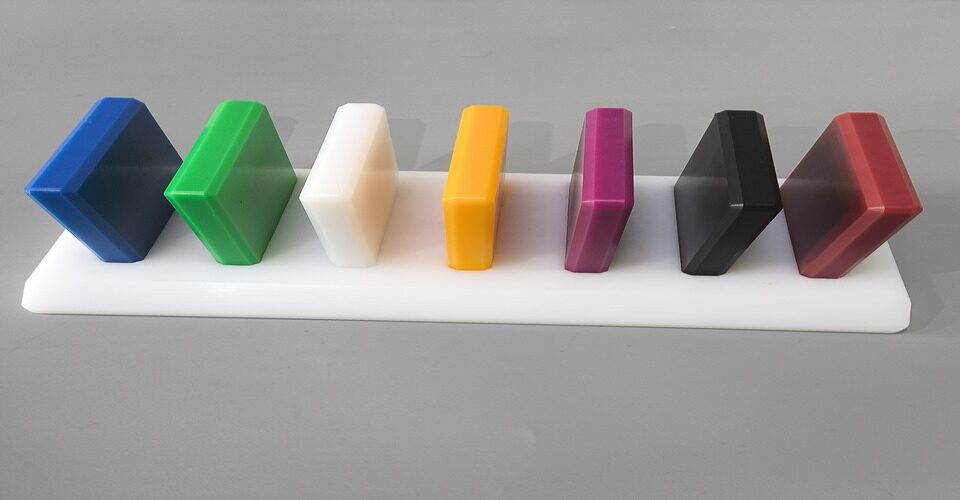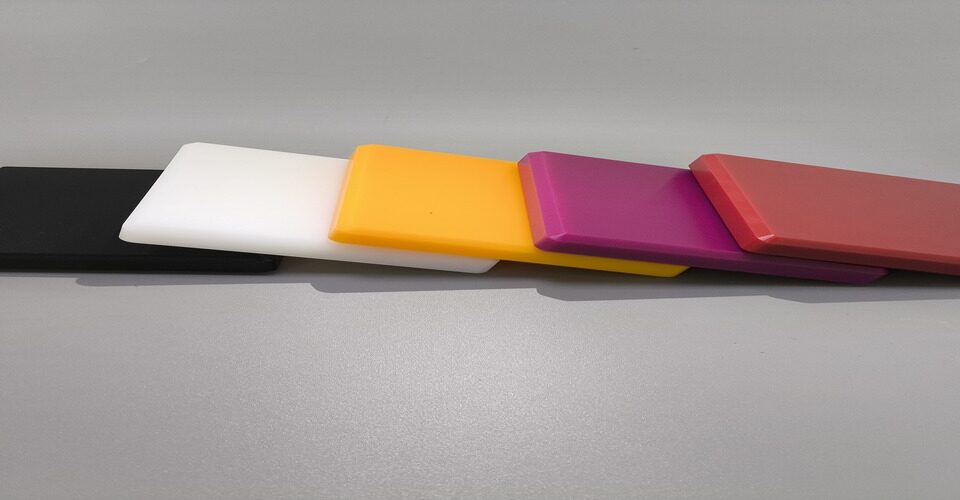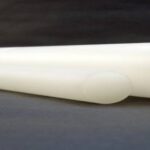
What is the difference between PFA and PVDF tubing?
January 8, 2025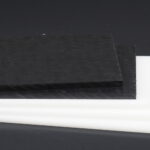
What is POM plastic made of?
January 9, 2025PTFE (Polytetrafluoroethylene) is a high-performance plastic known for its exceptional chemical resistance, low friction, and high-temperature stability. The manufacturing process of PTFE is complex and involves several steps to transform raw materials into the final product used in a wide range of industries, from electrical to medical.
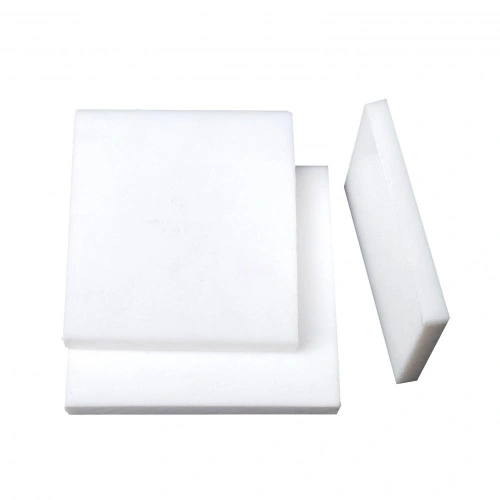
Step 1: Polymerization of Tetrafluoroethylene
The manufacturing of PTFE begins with the polymerization of tetrafluoroethylene (TFE), a gas that is highly reactive. This process occurs in a high-pressure reactor, where TFE molecules are polymerized in the presence of free radicals. The polymerization reaction leads to the formation of PTFE’s long molecular chains.
Step 2: Suspension Polymerization
The polymerization is typically carried out through suspension polymerization. TFE gas is introduced into an aqueous solution with a stabilizing agent. This process results in the formation of fine PTFE particles suspended in the liquid, which can then be separated and processed.
Step 3: Washing and Drying
Once the PTFE particles are formed, they are thoroughly washed to remove any residual chemicals, impurities, or solvents. The particles are then dried to eliminate any remaining moisture, which could interfere with the subsequent stages of production.
Step 4: Compression Molding or Extrusion
The dried PTFE resin is then processed using compression molding or extrusion techniques. In compression molding, the resin is placed in a mold, heated, and pressed to form the desired shape. In extrusion, the resin is heated and forced through a die to create continuous shapes like rods, tubes, or sheets.
Step 5: Sintering
The final step in PTFE manufacturing is sintering, where the molded or extruded PTFE is heated to a high temperature. This process fuses the polymer particles together, giving PTFE its characteristic strength, high density, and stability. Sintering solidifies the material and enhances its properties for various applications.
Conclusion
The manufacturing of PTFE involves careful control of polymerization, molding, and sintering to create a material with extraordinary characteristics. This process ensures that PTFE is suitable for demanding applications, from non-stick coatings to electrical insulation.




